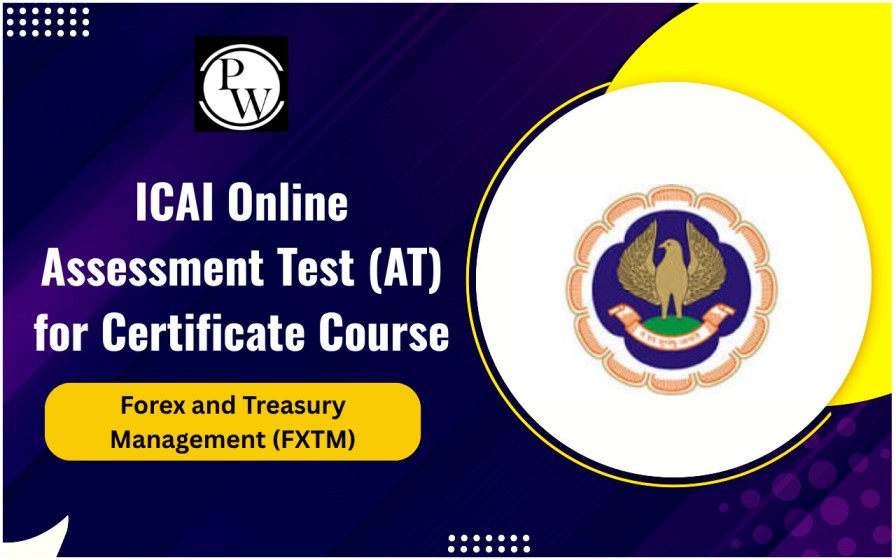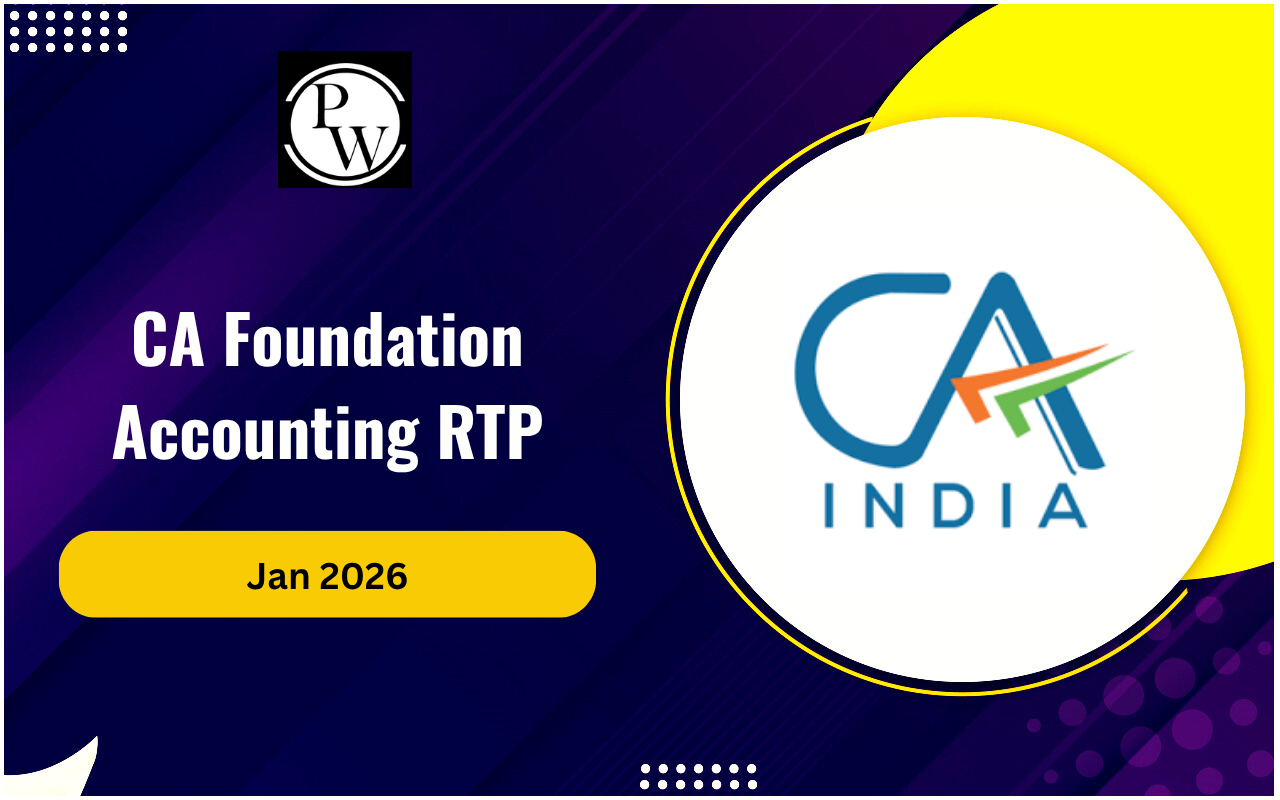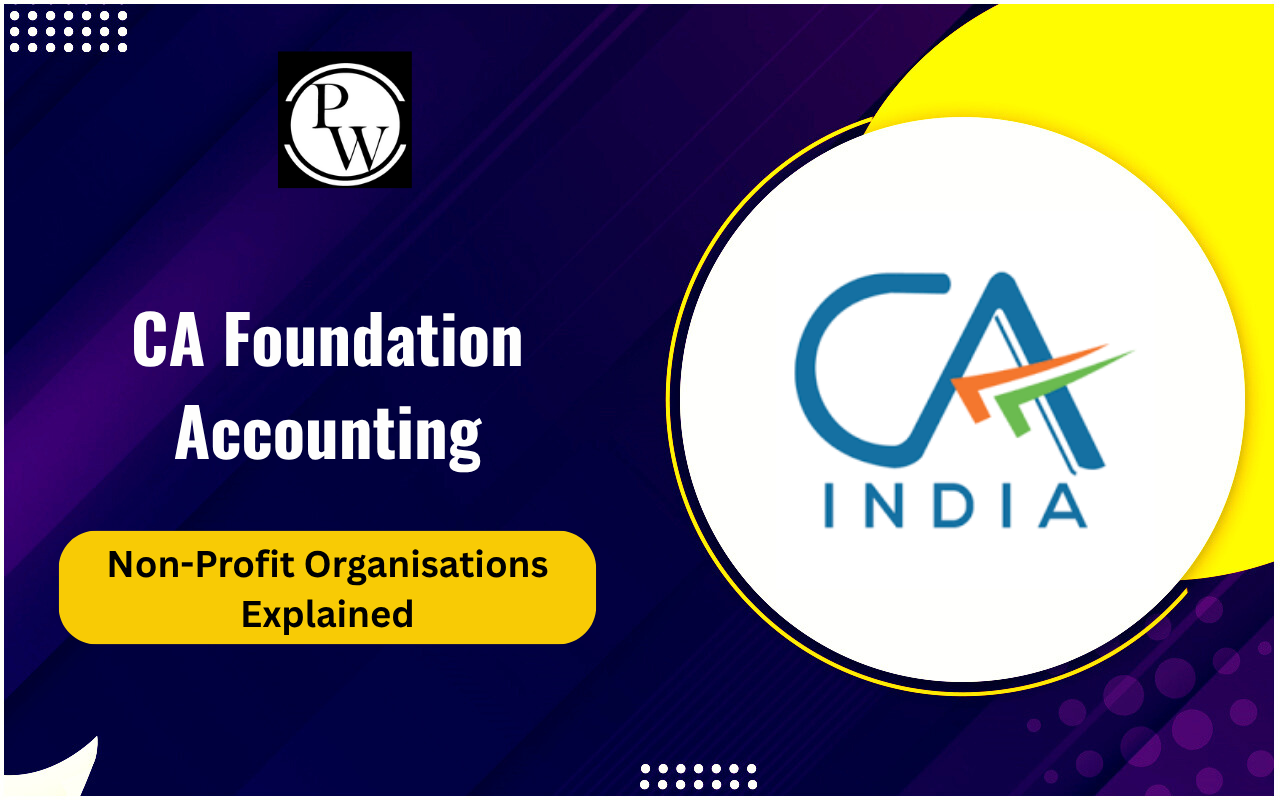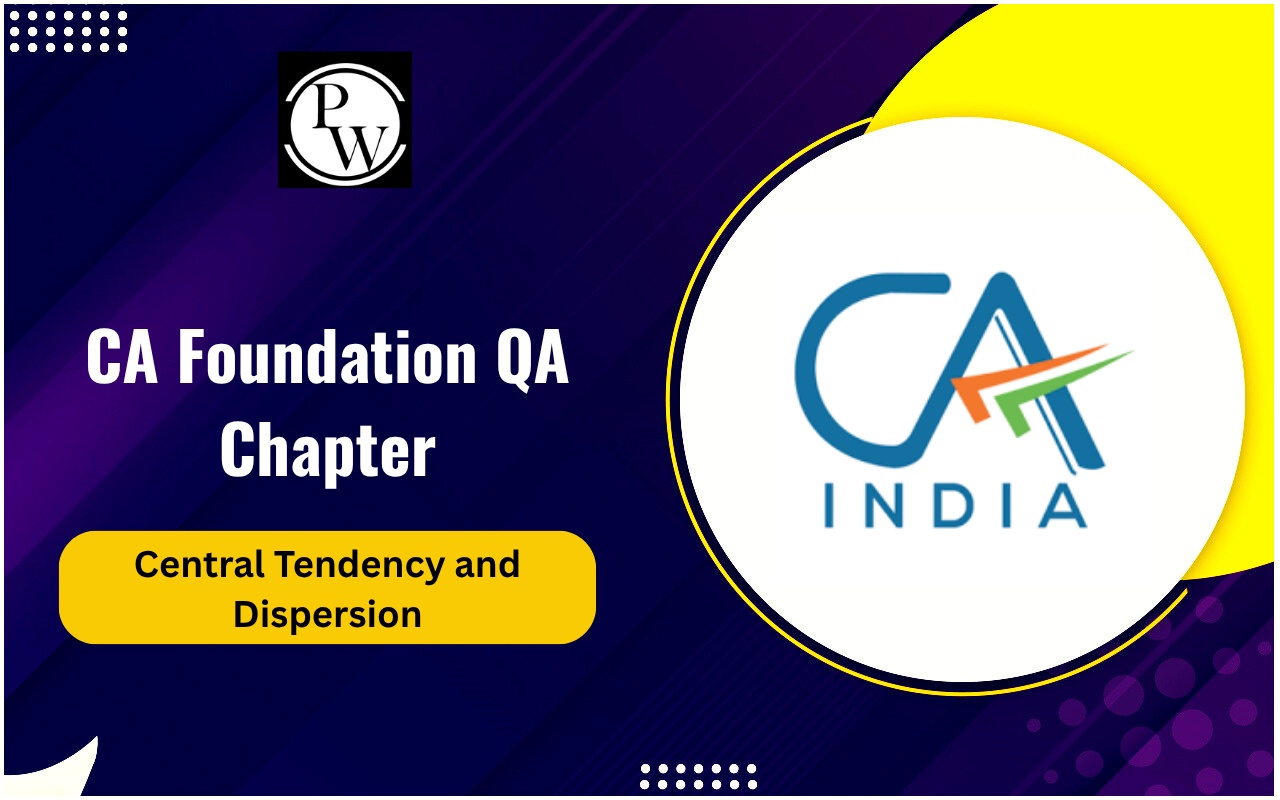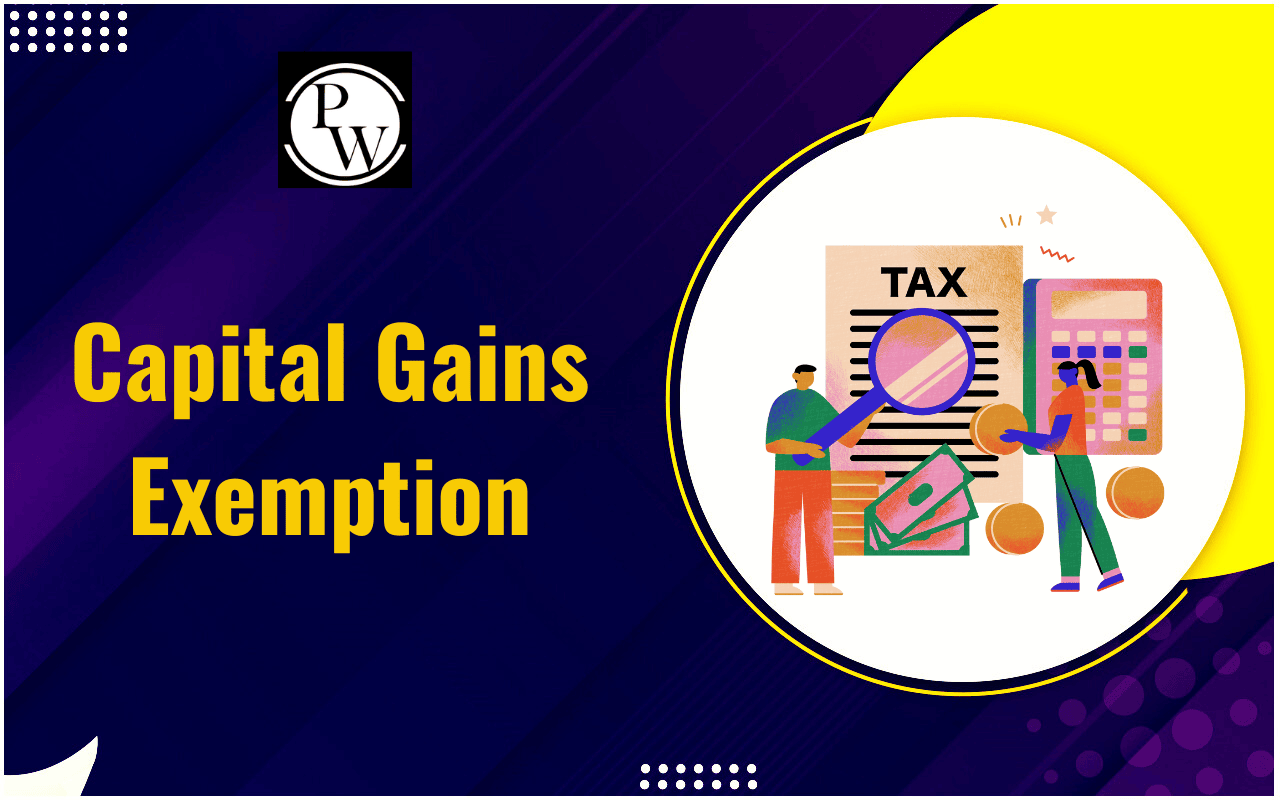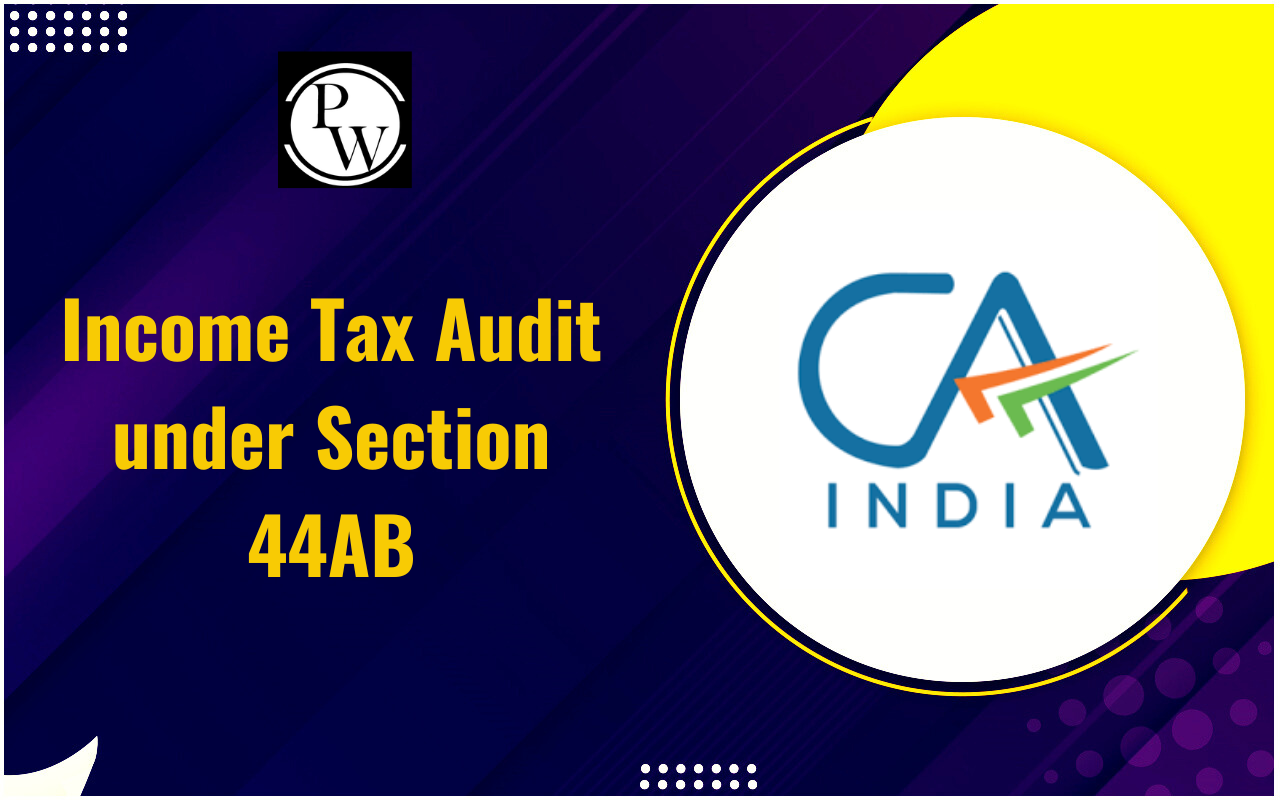
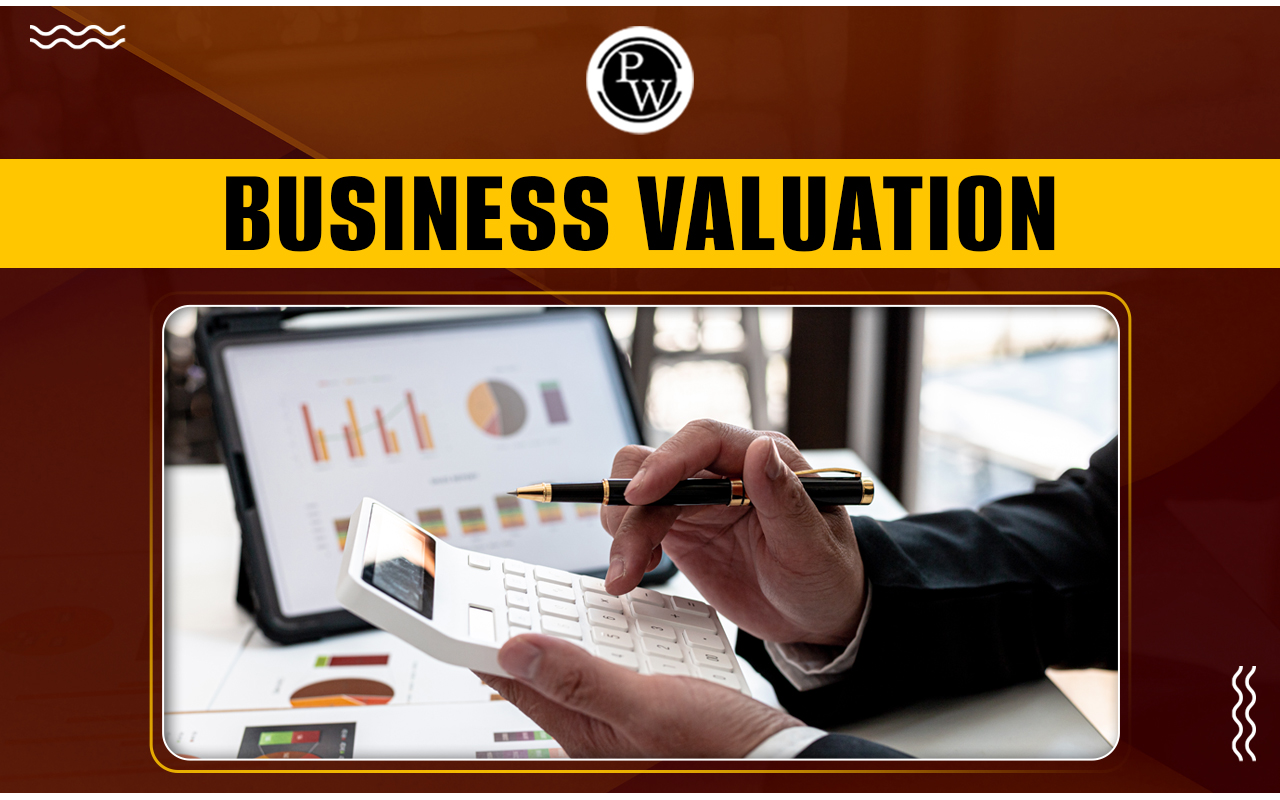
Business Valuation: When a business owner plans to sell their company, whether to cash out or hand over operations to new management, it's crucial for both parties to know the company's value. Investors and individuals often use different methods to figure out this value, considering the company's debts, assets, and liabilities.
Understanding business valuation helps finance experts and business leaders make informed decisions about investments and finances. This article explains what business valuation means for CA Exams , explores methods companies can use, and highlights professions where knowledge of these methods is important.What Is Business Valuation?
Business valuation involves assessing the worth of a business using different methods. These methods consider assets like equipment, inventory, and property, along with factors such as projected earnings and management structure. Business owners may seek valuation when selling their company, applying for a loan, or attracting investors. The method chosen depends on factors like company size and industry. Apart from determining value for sales or investments, business appraisers use valuation tools for various purposes, like resolving disputes in divorce settlements or estimating shares for taxes. In legal cases, an unbiased forensic accountant might be appointed to perform the valuation. Valuation is also crucial for tax reporting, as the IRS requires businesses to pay taxes based on their fair market value.Methods of Business Valuation
Business Valuation can be done through the following methods.Market Value
Calculating the market value of a business involves comparing it to similar companies in the region that have recently sold their assets. This method relies on accessing enough market data on competitors, which can be tough for sole proprietors since this data might not be readily available. While this approach can give a rough idea of a business's worth, it's not precise and often depends on negotiable factors. It could serve as a starting point to estimate a business's value, but relying solely on this method may not be advisable due to its unreliability.Asset-Based Value Asset-based Business Valuation relies on a company's assets compared to its total liabilities, as shown on its balance sheet. There are two main types:
- Going concern: This method assumes the company will continue operating and not sell its assets right away.
- Liquidation value: This method assumes the company plans to sell its assets immediately. It calculates the net value the company could earn by selling its assets if it ceased operations.
| Also Check: | |
| Management Accounting | Financial Accounting |
| Auditing and Assurance | Taxation |
| Financial Management | Business Laws and Ethics |
ROI-Based Method The ROI-based approach helps investors and businesses figure out how valuable a company is by looking at how well it performs over a certain period. This helps them make smart guesses about how much money it could make in the future. Investors might also check the company's net income to see if it's making a profit. Analyzing the return on investment (ROI) can give insights into how financially sound a company is.
Capitalization of Cash Flow
This approach is commonly used when a company anticipates steady growth in the future. It assumes that a particular source of profit will continue to grow consistently over time. This method is usually applied when evaluating mature companies that aren't expected to grow much more in the future.Discounted Cash Flow
Businesses and investors find value in this strategy for assessing potential investment returns. For individuals, the discounted cash flow method offers flexibility to accommodate changes in growth, accounts payable, and other factors over time. Companies opt for this method especially when anticipating varying growth rates or analyzing the effects of accounts payable payments.Capitalization of Earnings The capitalization of earnings approach serves as a method for assessing the value of an organization. It entails the evaluation of potential profits by scrutinizing both current revenue and anticipated performance. This method encompasses various factors such as cash flow, annual return on investment (ROI), and projected value. Established enterprises commonly employ this approach due to its assumption of sustained returns over time.
Book Value Calculate a company's book value by weighing its assets against its liabilities. A higher book value indicates more assets than liabilities, signaling financial strength. Conversely, a lower book value implies heavier liabilities than assets, indicating weaker financial standing.
Market Capitalization Market capitalization is a measure of a company's worth in the stock market. To figure it out, multiply the company's stock price by the total number of shares available for trading. Investors often rely on this number to decide if they should invest in a company or not.
Learn about business valuation methods and their applications. Enroll Now in PW CA Courses for in-depth understanding.| Also Check | |
| Activity-Based Costing (ABC) | International Standards on Auditing (ISA) |
| Equity Capital Markets | Direct Tax |
| Due Diligence | Transfer Pricing |
Business Valuation FAQs
Why is business valuation important?
What factors influence business valuation?
How do investors assess a company's value?
When is market value calculation beneficial?
What is the significance of market capitalization?


